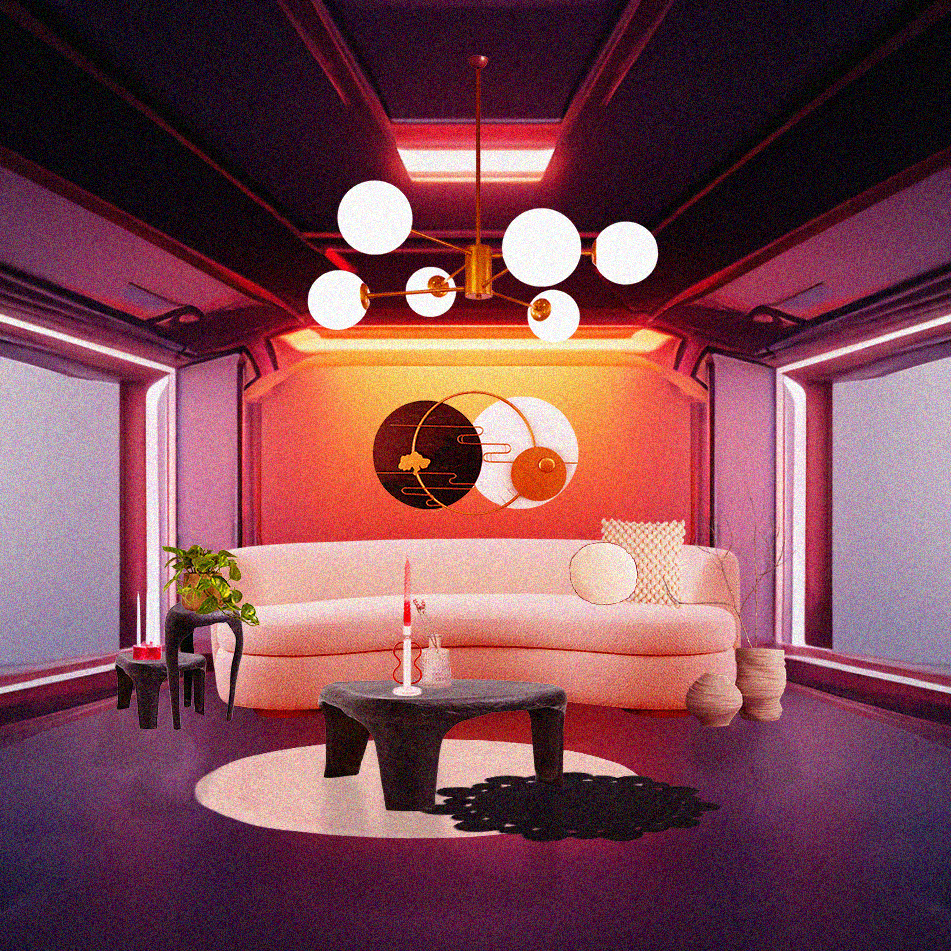
As technology moves forward, so does the world of Interior Design. What are the new trends that will define the next decades and how will they be beneficial for us all?
Technology advances. If the past decades have proven anything to us it is that progress is inevitable. In recent years, one of the most talked about emergent technologies has been Virtual Reality (VR). Many companies have jumped on it and invested in developing their own VR headsets and operating systems. At the moment of writing this is still a nascent industry which has a lot of room to grow and the complete end product hasn’t been put out on the market yet. However, we are seeing a lot of experimentation and new ideas being generated. One of the industries that is receiving a lot of attention from VR enthusiasts has been interior and furniture design.
So how is this technology being used currently in the interior design world? What does the future of the industry look like? To answer these questions, we took a plunge down a few internet rabbit holes. Here’s what we found out.
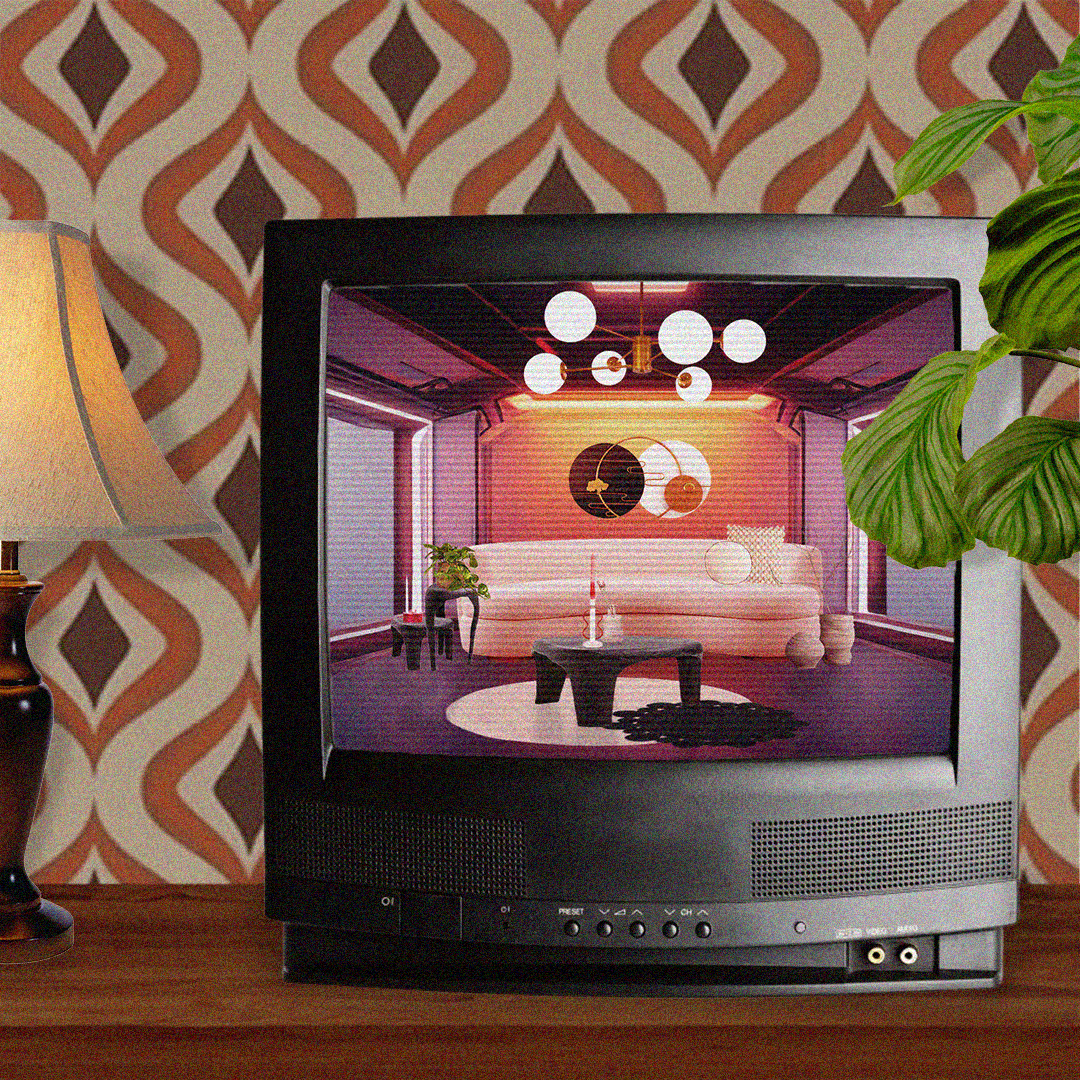
The Current Landscape
Virtual Staging is a trend that is already here and being used to advertise and sell properties. Using photos and measurements of a property a designer can create a 3D model of it and furnish it with virtual furniture to their client’s preferences. The process is straightforward and has a lot of room for dialogue. The final result is a beautifully dressed show home which can be used for advertising and marketing purposes via images, videos or even interactive tours around the virtual space.
To make the dressing even more tangible and realistic, real furniture can be rendered into 3D virtual designs and used in setting up the show home. This gives buyers the choice to have their new home furnished before moving in. Furniture designers can be the ones to take charge of the rendering process to keep control over their intellectual property. Another option is for manufacturers and suppliers, to provide the 3D models as a part of the deal when furnishing a property or development.
Virtual staging could be integrated even earlier in the process, during the planning and building stages of a housing project. This will give businesses a better idea of the final look of the development and help identify any issues like room size or shape, before work has begun. Being able to address potential issues in the early stages of planning will make sure property investors can provide higher-quality homes with better market appeal.
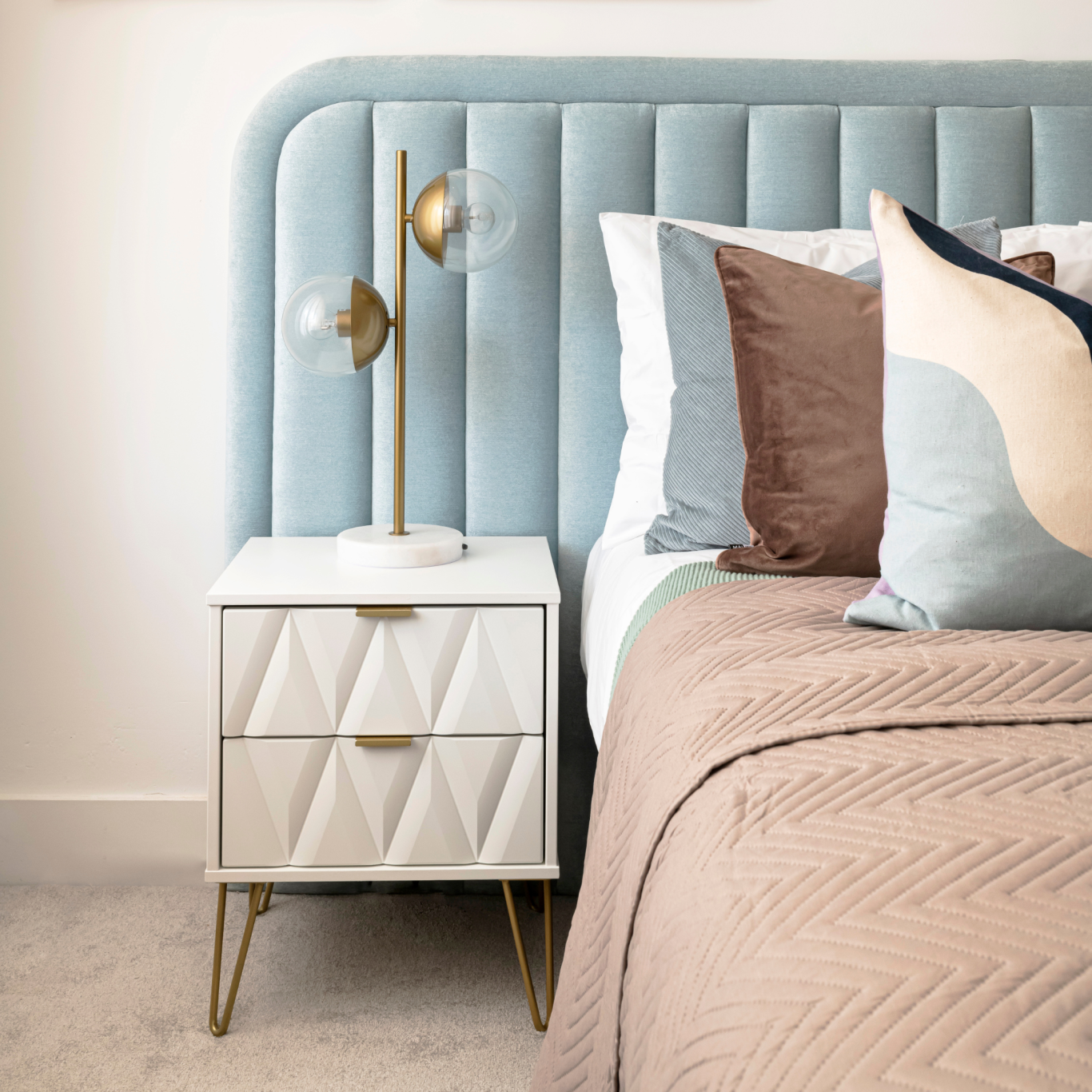
The Near Future
The next step in the relentless march of technology will surely be related to the use of VR headsets. Multi-billion dollar companies like Apple and Meta are already betting big on it. Virtual reality has been the subject of speculation and experimentation for decades, but its true potential did not begin to unveil itself until the early 2010s. Since then, modern headsets have fuelled a decade of testing and a scramble to figure out VR’s entertainment and practical uses.
In either case, interior design will play a big role in practical and entertainment virtual reality projects. One of the first cases where it will find application is the creation of virtual workspaces and communal gathering areas – both these ideas are getting a lot of media attention and exposure from companies attempting to develop them.
Multinational companies with offices on different continents are exploring the idea of creating virtual meeting rooms which will allow employees from different branches to meet “face to face” without having to travel across the world. These rooms will be outfitted to create the feel of a workspace. This could be achieved in the classic, old-fashioned style – a long table surrounded by office chairs with windows overlooking an office space and a city skyline. However, since this is artificial reality, the possibilities are endless. Companies and interior designers can research what makes an office space the most conducive to productivity and use their findings to design the final product. The interior can be made to be grander and induce a sense of pride in their workplace or visually engaging to show the wealth of the company.
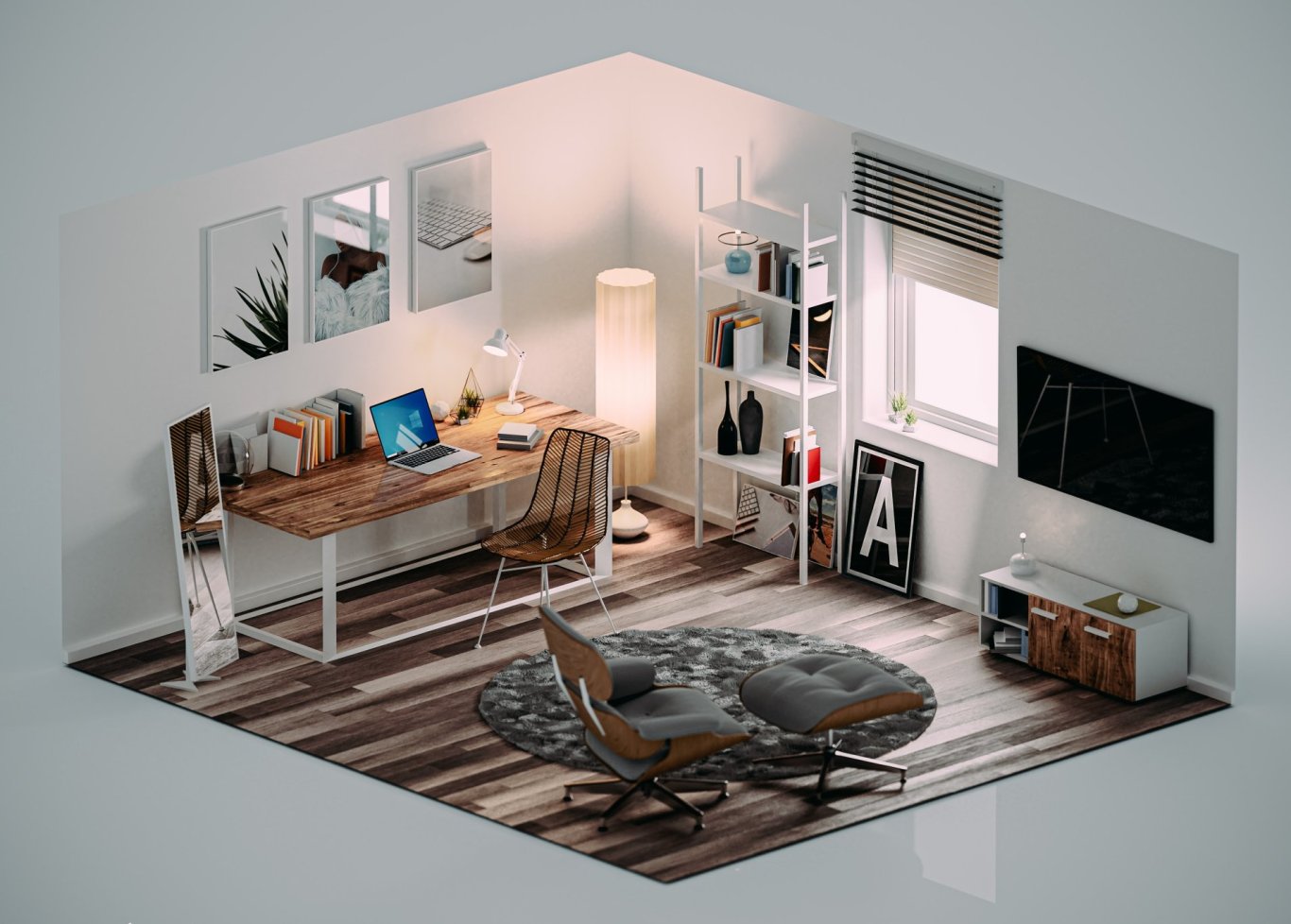
Similar creative ideas could be applied in designing virtual spaces for family and friends gatherings. Public events are also an area with huge potential, offering people VR seats in premium places for virtual concerts or theatre plays. All these gatherings and events will have to be held somewhere and once again the possibilities are limitless and in the hands and imagination of the interior designers.
So what possible spaces can they come up with?
To answer this question, we must keep in mind that virtual worlds are not bound to the rules of the real one. Gravity is not a factor and neither is the stability, durability and strength of materials. This paves the way for the emergence of new styles to define the aesthetics of virtual interiors. There are many designers whose vision is beyond the capabilities of current engineering and whose furniture is impractical or impossible to make. In virtual reality, their designs could flourish. We can expect to see furnishings and interior spaces with non-Euclidian geometry and design, breaking the laws of physics or displaying patterns which are so intricate that they would be too expensive to mass produce in a modern factory.
This leads to the next question: how could artists and designers benefit from their inventions? In larger projects, companies or individuals can hire designers or studios to create their space and interiors/furnishings. Freelancers, on the other hand, may make use of another budding technology – blockchain. Talented craftspeople can create unique designs and trade them like NFTs. People will be able to buy those individual products and place them in their personal virtual space, much like we buy furniture for our homes today.
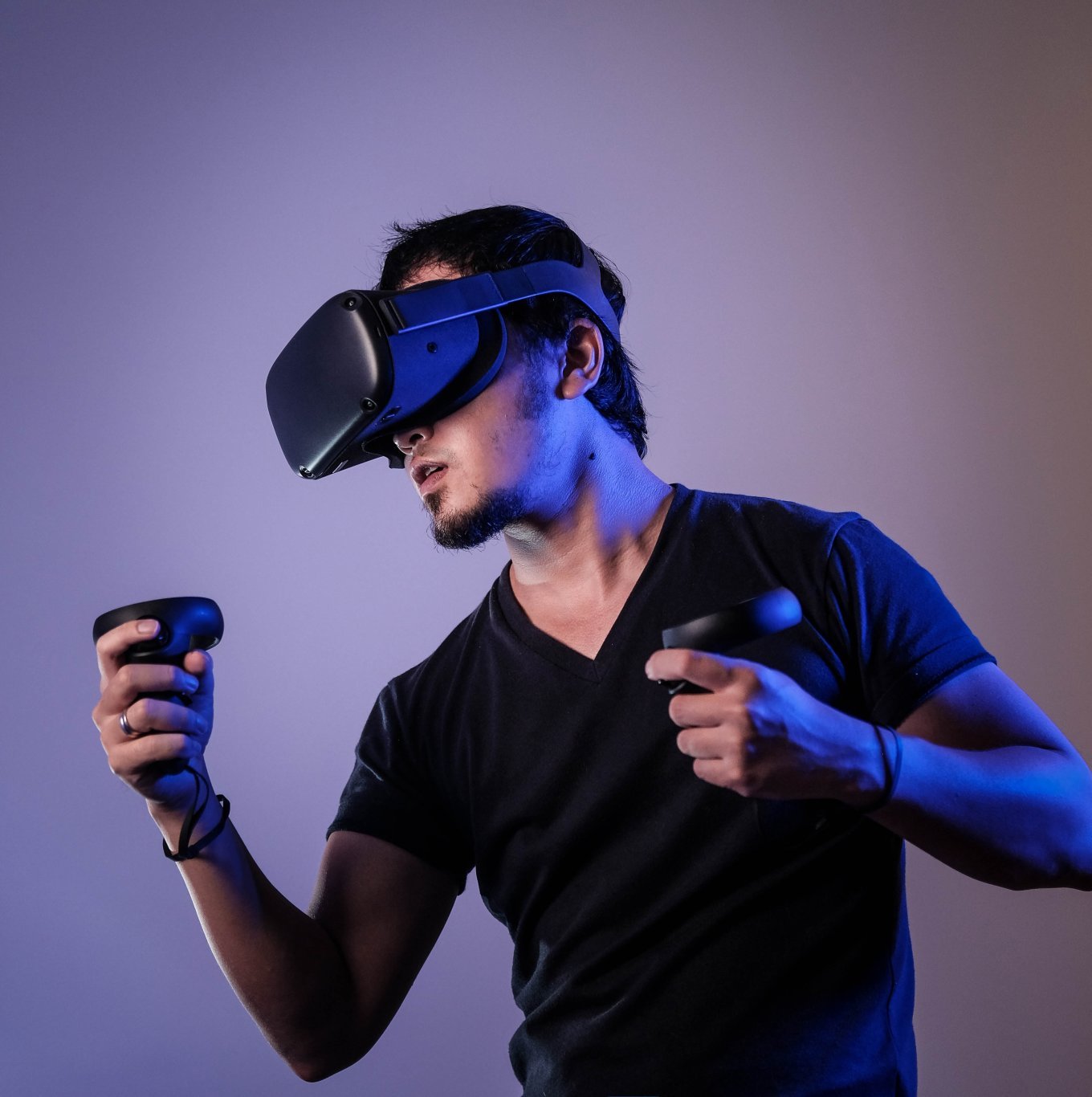
The Metaverse and the Distant Future
When big tech companies introduce their own VR headsets to the market they often talk about the concept of the metaverse. What they envision is a virtual world that will be fully customisable, shared and interconnected. It will allow its users to interact with it and each other in real time and make lasting changes to their environment. This idea has its roots in science fiction, but technology is making it appear increasingly viable. In the metaverse, people will be able to own houses and choose their interiors, either by designing them or procuring them from a virtual market. They will be able to host friends and family in their virtual properties and show off their creativity and style. This is where furniture as NFTs can become popular. Designers could release limited lines of products, allowing their clients to own a unique collection of items to furnish their virtual space with. A similar trend has been seen before in an early 2000s video game called “Second Life” which in many ways presented its players with a basic version of a metaverse. In it, people could design items for their avatars and virtual homes and sell them in an in-game market. In a way, this old video game serves as a proof of concept for what business opportunities a future metaverse might present.
Augmented reality (AR) is also getting a lot of attention as a similar technology to VR. Unlike its counterpart, it does not immerse users in a meticulously crafted environment but rather layers extra levels of perception upon the real world. The way this could be used in interior design is by giving furniture different patterns and colours, so-called “skins” in the virtual gaming world. The way this works is that people can use their AR glasses or headgear in their house and buy a specific kind of furniture that allows for different “skins” to be applied to them. With the help of augmented reality, people can switch the colours and patterns of their furnishings weekly, daily or whenever they feel like it. A dining table can seem like it’s made of oak on Monday and marble on Tuesday, and so on. This will allow people to customise their daily habitat without needing to buy entire pieces of furniture to replace the old ones. Change like that is refreshing and could improve people’s well-being and their satisfaction with their lodgings.
The Influence of Virtual Reality
Even if we say that the mass adoption of VR is just around the corner we are still unsure exactly how long it will take us to turn around the corner or what we will find once we do. In the meantime, designers still let their imaginations go wild and publish their concepts on the internet. Many of them may be unfeasible in the real world, but they are serving as an inspiration to the current generation of furniture and interior designers who create models of creative interiors and irregularly shaped furnishings that are produced bespoke for clients who can afford them. Even though the metaverse has not become a staple of mainstream culture yet, the opportunities and possibilities it promises are already influencing the design world of today.